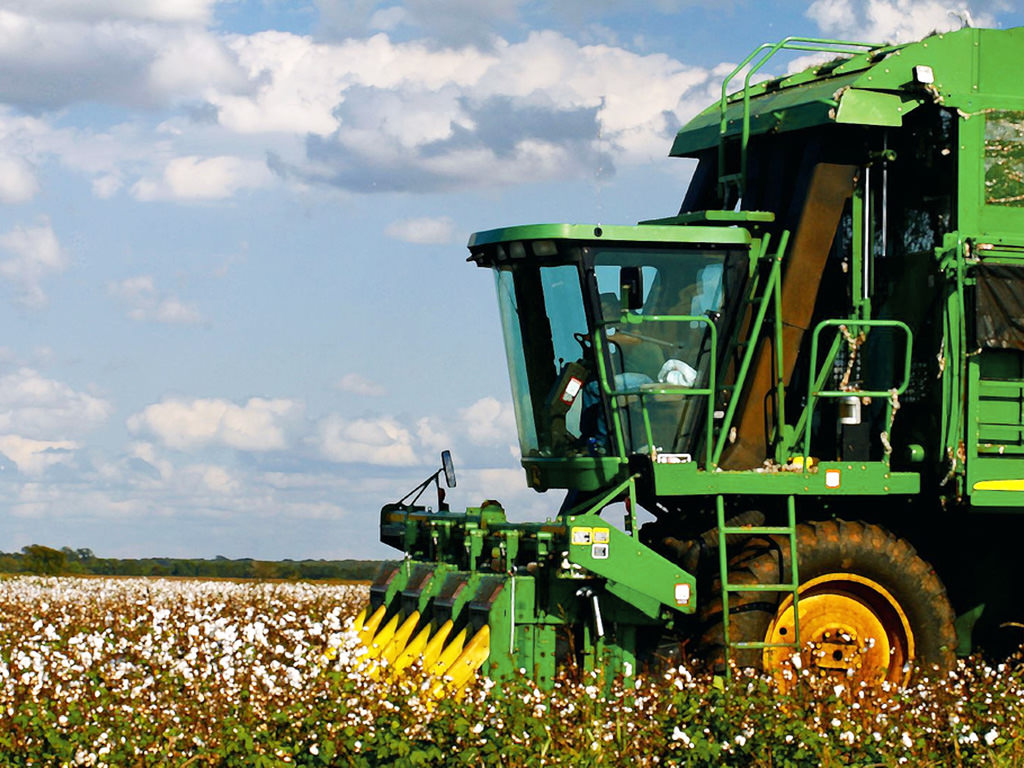4 Mins Read
We hear a lot about genetically modified (GM) crops these days. The GM debate is fraught with controversy. However, while opinions run strong, this is an area where facts can be overrun by fiction. In order to set the record straight Green Queen has pulled together 10 crucial facts regarding GM crops you may not be aware of:
- GM crops have been genetically engineered in a lab, for example having DNA from a bacteria inserted into them. This is very different from traditional selective breeding that farmers have practiced for millenia.
- The land used to grow GM foods has multiplied exponentially in the past few decades: over 10% of the world’s arable land is used to grow GM crops today.
- While many of us fear GM crops have taken over the produce aisle, only 15 food crops and and 1 non-food one (cotton) have GM versions on the market. Of those 15, a fair few, such the Artic Apple that does not brown, are not yet available to consumers.
- Just four crops account for 97% of all GM crops grown and they are soybeans, maize (corn), rapeseed and cotton.
- Monsanto’s notorious crowning as the king of GM crops is well deserved: they are the company responsible for GM soybeans, maize, rapeseed and cotton, in other words almost all of the GM crops.
- In 1982, tobacco became the first GM plant ever, and in 1994 the FlavrSavr tomato became the first GM crop intended for human consumption. However, the FlavrSavr was a commercial failure and is no longer sold anywhere today.
- Almost all organic certifications require that products be free from genetically modified organisms (GMOs).
- Many GM crops were developed to resist viruses that were destroying crops, to prevent plants from being ravaged by insects or to make them immune to weed-killers. All of this directly benefits farmers: not only are the crops easier to maintain but farmer profits increase by 68%.
- Where your food is from matters. The United States has adopted GM crops far faster than any other country: it produces 40% of the world’s GM yield. The top five GM-producing countries are, in decreasing production quantity order: the US, Brazil, Argentina, India and Canada. Altogether, these five account for 90% of all global GM crops.
- Studies show that GM crops may have reduced harmful pesticide usage by 37% for soybeans, maize and cotton farmers. While there are large concerns surrounding the use of GM crops, there are also significant environmental benefits to consider.
Looking to avoid GM foods? Below we delve a little deeper and look at the four biggest players in the GM crop world.
Soybeans
In 1997 Monsanto released GM soybeans that are resistant to popular weed killers. Since that time their use has grown exponentially, with soybean becoming the most widespread GM crop in the world. Now, 79% of all soybeans consumed in the world are GM. In the US, the number is 94%. What are all these soybeans used for? Mostly as animal feed for livestock. Yes, most of the meat you are eating has been ingesting GM feed. Except organic meat: most organic regulation bans GM feed. If you are really serious about avoid GM soybeans choose 100% grass-fed meats (the cows don’t eat feed) and make sure to opt for organic soy products.
Maize (Corn)
The GM food we are all most likely to encounter on a daily basis is probably maize. Globally, 32% of all maize is GM and in the US that number jumps to 85%. While you may not remember the last time you had corn on the cob, corn can pop up in the most surprising places, from high fructose corn syrup in sodas and condiments, to starch in soups, to oil in mayonnaise or to a filler in chicken nuggets. This means that the best way to avoid GM corn is simply to avoid processed foods.
Rapeseed (Canola)
There are multiple versions of GM rapeseed but the most common type, Canola, was created to be immune to weed killer. Globally 24% of rapeseed is GM, with the figure being 90% in the United States. Rapeseed oil is used in many dressings and condiments, as well as being the oil in choice in food service, restaurants and the fast food industry. In order to avoid hidden rapeseed/canola oil, stick to conscious establishments who are transparent about their ingredients and eat more home cooked food.
Cotton
While not found on our plates, GM cotton is a big business: 70% of cotton that is grown globally is GM, and almost half of that cotton comes from India. Cotton is a hard crop to grow. The plant suffers from many diseases, thus requiring a large amount of pesticides and herbicides to prosper, so the switch to GM varieties that can produce their own insecticide was a boon for the global fashion & apparel industry.
Image credits: Cotton Pickin’ Monster via photopin (license).





